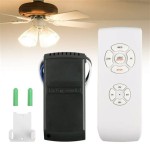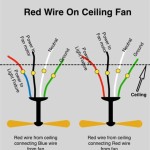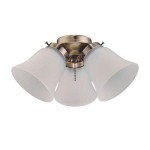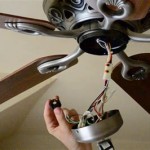How To Soundproof A Basement Ceiling
Introduction
Soundproofing a basement ceiling can be a great way to reduce noise pollution from other parts of the home, such as footsteps, voices, and music. It can also help to create a more comfortable and private space for use as a home theater, bedroom, or office.Materials and Tools
To soundproof a basement ceiling, you will need the following materials and tools:* Acoustic panels or soundproofing insulation
* Drywall or plywood
* Furring strips
* Caulk
* Screws or nails
* Circular saw or jigsaw
* Drill
* Screwdriver or nail gun
Step 1: Prepare the Basement Ceiling
The first step is to prepare the basement ceiling for soundproofing. This involves removing any existing drywall or paneling and cleaning the ceiling joists. You should also seal any gaps or holes in the joists to prevent sound from escaping.Step 2: Install Furring Strips
Once the ceiling is prepared, you will need to install furring strips. These strips will create a space between the ceiling joists and the soundproofing material, allowing it to absorb sound waves. Furring strips should be spaced 16 inches apart on center and screwed or nailed into the joists.Step 3: Install Acoustic Panels or Insulation
The next step is to install acoustic panels or soundproofing insulation. Acoustic panels are available in a variety of materials, including fiberglass, cellulose, and mineral wool. Soundproofing insulation is typically made of fiberglass or cellulose and is available in rolls or batts.To install acoustic panels, simply cut them to size and lay them between the furring strips. To install soundproofing insulation, roll it out between the furring strips and staple it in place.
Step 4: Install Drywall or Plywood
Once the acoustic panels or insulation is installed, you will need to cover it with drywall or plywood. Drywall is more soundproof than plywood, but plywood is more durable. Cut the drywall or plywood to size and screw or nail it into the furring strips.Step 5: Caulk and Finish
Finally, caulk any gaps or holes around the perimeter of the ceiling and between the drywall or plywood panels. This will help to seal in the soundproofing material and prevent sound from leaking out.Additional Tips
Here are a few additional tips for soundproofing a basement ceiling:* Use a soundproofing sealant around the edges of the ceiling and between the panels.
* Add a layer of mass-loaded vinyl (MLV) to the ceiling to further reduce noise.
* Install a soundproof door to the basement if possible.
* Cover the basement windows with thick curtains or blinds.
* Add furniture, rugs, and other sound-absorbing materials to the basement to help reduce noise.

Soundproofing Ceilings How To Soundproof A Ceiling

6 Cheapest Ways To Soundproof A Basement Ceiling

Soundproofing A Ceiling Unfinished Basement Ideas Cheap Renovations

Nova Basement Remodeling Soundproofing In

Soundproofing A Home Workshop Technical Details Two Teaching Videos

How To Soundproof A Basement Ceiling The Only Guide You Ll Ever Need Better Soundproofing

How To Soundproof A Basement Cow

How To Soundproof A Basement Ceiling Like Pro Living

How To Soundproof Your Basement Ceiling Restoration By L B

How To Soundproof A Basement Ceiling








